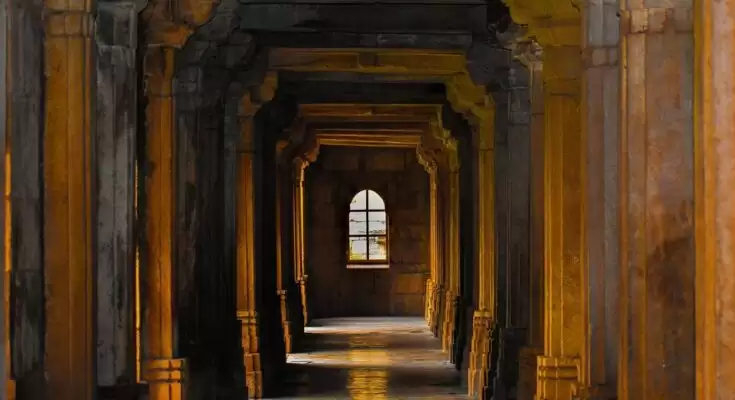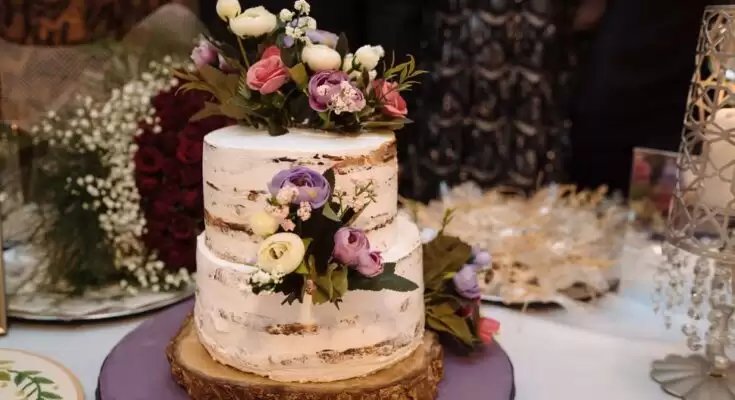Arizona, a state known for its deserts and cacti, is also home to a rich history dating back thousands of years. From ancient Native American dwellings to old mining towns and military fortifications, Arizona offers a wealth of historical sites to explore. Here are some of the most notable historical places in the state.
Ancient Ruins of the Hohokam People
The ancient Hohokam people were one of the most advanced cultures in the ancient American Southwest. Their civilization flourished in the present-day Phoenix area between 300 BC to 1450 AD. Some of the most well-preserved Hohokam ruins in Arizona can be found at the Pueblo Grande Museum and Archaeological Park in Phoenix.
The park features a replica of a Hohokam village, as well as an impressive ball court and platform mounds. Another great place to explore Hohokam ruins is at the Casa Grande Ruins National Monument, which features the remains of a four-story structure, believed to have been used for religious and political purposes by the Hohokam.
Military Forts and Battles
Arizona played a key role in the American West during the 19th century, and several military forts and battles can be found throughout the state. Fort Bowie National Monument, located in Apache Pass, marks the site of the final battles between the Chiricahua Apache and the US military. The fort was established in 1862 to protect settlers and travelers on the nearby Butterfield Overland Mail route.
Fort Verde State Historic Park in Camp Verde is another notable military fort, which was established in 1871 to protect settlers and the military campaign against the Yavapai people. The fort has been restored to its 1870s appearance, and visitors can explore the officer’s quarters, hospital, and guardhouse.
Another significant military history site is the Yuma Territorial Prison State Historic Park, which housed prisoners from 1876 to 1909, including notorious outlaws like “Black Bart” and “Slick” Willie McCabe. Visitors can tour the prison, and see exhibits on the prison’s history and the prisoners who were held there.
Old Mining Towns
Arizona has a long history of mining, dating back to the Spanish colonial period when silver and gold were discovered in the state. Many of the state’s old mining towns, like Jerome and Bisbee, have been preserved and offer a glimpse into Arizona’s mining past.
Jerome, located in the Black Hills, is an old copper mining town that is now a National Historic Landmark. Visitors can explore the remains of the United Verde Copper Mine, and tour the Jerome State Historic Park, which features exhibits on the town’s history and mining industry.
Bisbee, located in southeastern Arizona, is another old mining town that’s worth a visit. The town was once the largest city between St. Louis and San Francisco and produced over 8 billion pounds of copper, gold, and silver. The Bisbee Mining & Historical Museum offers an overview of the town’s mining history, and visitors can also explore the Queen Mine Tour, an underground mine tour.
Presidio Santa Cruz de Terrenate
Located in southern Arizona, Presidio Santa Cruz de Terrenate was established by Spanish soldiers in 1775 as a military fort to protect the area from Apache raids. Today, the ruins of the presidio are part of the Coronado National Memorial, and visitors can explore the remains of the fort, as well as see exhibits on the history of the presidio and the Spanish colonial period in Arizona.
These are just a few examples of the rich historical places that Arizona has to offer.
Arizona is a state rich in history and culture, and Phoenix, the state capital, is home to a number of historical places that offer a glimpse into the state’s past. From ancient Native American ruins to historic homes and buildings, there is something for everyone to explore. In this article, we will take a closer look at some of the most significant historical places in Phoenix and what makes them worth a visit.
We highly suggest booking a Sprinter van for rent Phoenix for a better experience and a more comfortable stay.
Pueblo Grande Museum and Archaeological Park
This park is home to the remains of an ancient Hohokam village, which was once one of the largest and most advanced prehistoric communities in the Southwest. The village, which dates back to the 15th century, was built around a large platform mound that served as the center of the community.
Visitors can take a guided tour of the park to learn about the Hohokam people, their way of life, and the complex irrigation system they used to farm the desert. The museum also has a collection of artifacts, including pottery and tools, that were recovered from the site.
Heard Museum
This museum is dedicated to preserving and promoting the art and culture of the American Indian tribes of the Southwest. The museum has a collection of over 40,000 artifacts, including pottery, jewelry, and textiles, as well as a number of interactive exhibits that offer a glimpse into the daily lives of the various tribes. One of the highlights of the museum is the annual World Championship Hoop Dance Contest, which showcases the traditional hoop dance of the Navajo people.
The Rosson House is a historical place in Phoenix worth visiting
This Victorian-style home was built in 1895 by Dr. and Mrs. Roland Rosson, who were among the first settlers in Phoenix. The house is a typical example of Victorian-style architecture that was popular in the late 19th century. The house has been beautifully restored and furnished to look like it did when the Rossons lived there. Visitors can take a guided tour of the house to learn about the family’s history and the lifestyle of the upper-class citizens in Phoenix during that era.








